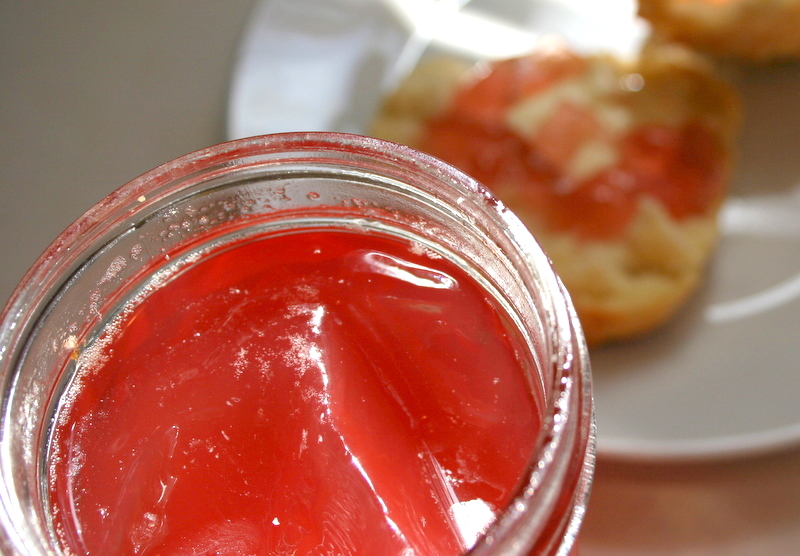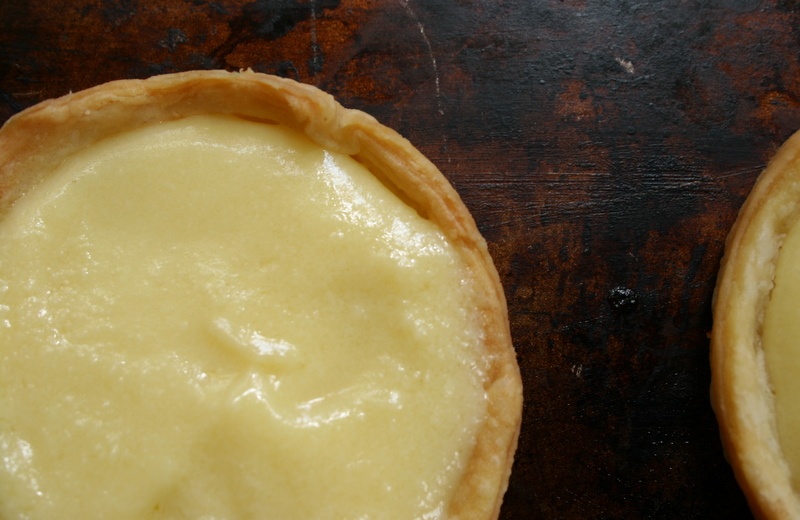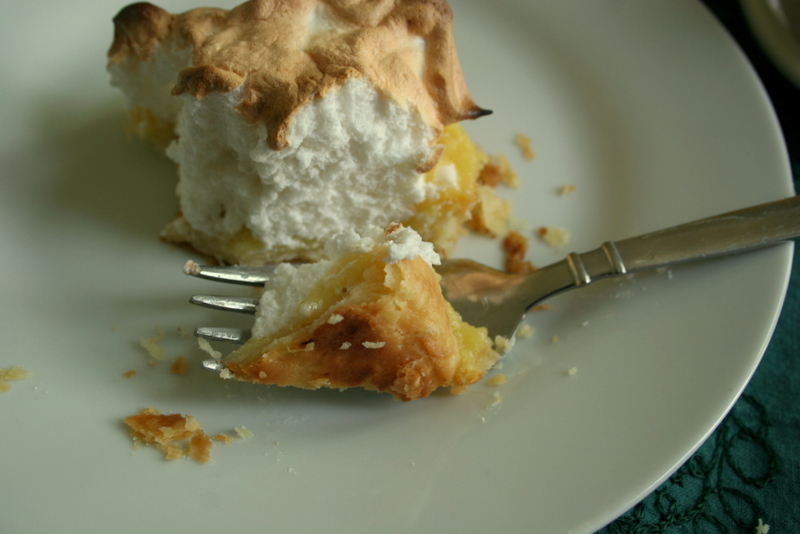On my hike around Signal Hill this evening, the only thing brighter than the elusive sun was the brilliant yellow flowers of wintercress (Barbarea vulgaris). In Latin, vulgaris means common and this plant is definitely plentiful and noticeable. A member of the mustard family, it thrives in disturbed, moist areas such as road sides and fields.
Composting - From Organic Waste to Wealth
FSN Teleconference: Composting - From Organic Waste to Wealth
When: Tuesday, June 21
Time: 12:00 - 1:00 p.m. Island time (11:30 p.m. - 12:30 p.m. Labrador time)
Keynote Speaker: Anne Madden, Education Coordinator, MUN Botanical Garden
What better day to hold this teleconference? Join us on the first day of summer to learn about what every gardener, community garden, and eco-minded kitchen cook needs to have: Compost!
Get involved: Folklife Festival 2011- Seeds to Supper
For the past 3 years the Heritage Foundation of Newfoundland and Labrador has supported a local folklife festival in the province. The goal of the festival is to celebrate these otherwise unspoken traditions that may be taken for granted. This year’s theme has an agricultural focus and they hope to coordinate events with a number of the groups in the greater St. John’s area. Interested groups should attend the community planning meeting: Wed. June 15th at 7pm at Sobey’s on Merrymeeting Rd., St. John’s
What weed? Knotweed!
When Costa wrote his defense of Japanese knotweed last month, I was very excited. So excited that I almost immediately ran to the lot at the top of my street with a paring knife and filled a paper bag with bright, tender knotweed shoots. I turned them into a tasty soup and was most impressed with myself. The next week, I tried serving plain steamed knotweed spears as a side dish. This time, I am afraid to say, I was not so pleased. Steamed, the knotweed took on this pallid olive-green tone, and deflated into a mass of floppy, stringy mush before my very eyes. Not to my taste, not one bit.
The knotweed has been redeemed, though. Earlier this week I made knotweed jelly, following this recipe, which you may have already seen: it's one of the first things that comes up when you search "Japanese knotweed recipes." I followed the recipe exactly, except that I decided to half it, just in case it turned out to be horrible. It didn't, though. It's lovely!
It's surprisingly mellow in flavour, and almost floral. I ate it on scones, but I think it would be nice swirled into a cheesecake or used to fill thumbprint cookies. You could also keep it on hand to use as a glaze for sweet baked goods and fruit-filled tarts: just melt a little in a pot over low heat and spoon or brush it over the surface of your baked, cooled tasties. (If you haven't done any canning before, read the instructions on the Bernardin site: they're excellent.)
Since I only used part of the knotweed juice from the jelly recipe, I had enough to spare to make some knotweed curd. It was one of those "why not?" situations. I love lemon curd, and I love rhubarb curd, so why not try knotweed curd? I adapted Nigella Lawson's lime curd recipe to come up with this:
Japanese knotweed curd
(makes about 350 mL)
- 5 tablespoons unsalted butter
- 1/3 cup sugar
- 1/2 cup knotweed juice
- 1 tablespoon lemon juice
- 2 extra-large eggs, plus one egg yolk, beaten
In a medium saucepan, melt butter over low heat. Add all other ingredients and whisk to combine. Continue to heat, stirring constantly, until mixture thickens up. If you want to check if it's thick enough, lift out your spoon and run your finger through it: if it looks thick enough, it is! Pour the curd through a sieve into a clean jar. Cover and cool. Will keep in the fridge for a week or so.
The yellow of the happy egg yolks (from the Goulds, via Halliday's) overtook the pink of the knotweed juice, and the flavour is quite subtle, but it is tasty and custardy. Of course, having a jar of curd in the house, and a leftover egg white, I had practically no choice but to make a few knotweed meringue tartlets. I was inspired by the orange curd tart on Rock Recipes (an awesome local recipe site), but I didn't want an entire tart in my house, as I would have eaten the whole thing (I cannot be trusted in the presence of meringue).
I wish I could give you a recipe, but, really, I was winging it. My usual pie crust recipe is here, and for the tarts I made about 1/3 of a batch. I pre-baked my three wee tart crusts in upside-down wide-mouth canning rings, because I don't have any mini tart rings. If you've never pre-baked a pie crust, there's a good explanation of the best way to do it here. If you make mini-tarts, you'll have to adjust the time: I had mine in the oven for about 7 minutes.
Once that was done, I filled the pastry shells with curd, like so:
Then I whipped the egg white with 1/8 teaspoon of cream of tartar until soft peaks began to form, then I added a little less than 1/4 cup of sugar and whipped a bit more. I overwhipped a little, actually, and had to smoosh the meringue on to the tarts with my fingers because it was too thick to spread. Ooops! I popped the tarts back into the oven at 400F for a couple minutes to brown, then let them cool.
Come mid-afternoon, I rewarded myself for my ingenuity with a knotweed meringue tart and a cappuccino. It was marvelous! Not tangy like a lemon tart, but the marshmallowy meringue provided a nice textural contrast to the dense, eggy curd. Really, you should give it a try! If my vague instructions are too loosey-goosey for you (and I don't blame you if they are), just make the curd and use a favourite lemon meringue pie recipe (or the Rock Recipes one above), filling the shell with knotweed curd instead of the usual filling.
Let me tell you, I'm definitely looking at those encroaching fields of knotweed in a new light. I'll be making another batch of knotweed jelly this week, and maybe some extra for holiday presents. I can almost guarantee nobody's going to say, "Oh, man, not another jar of homemade Japanese knotweed jelly!"














